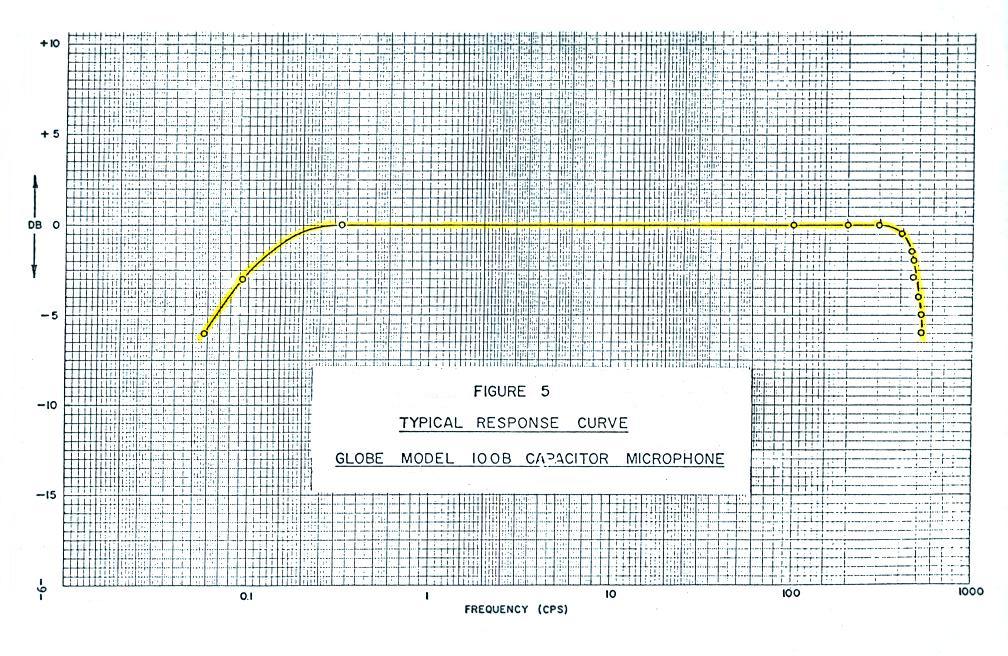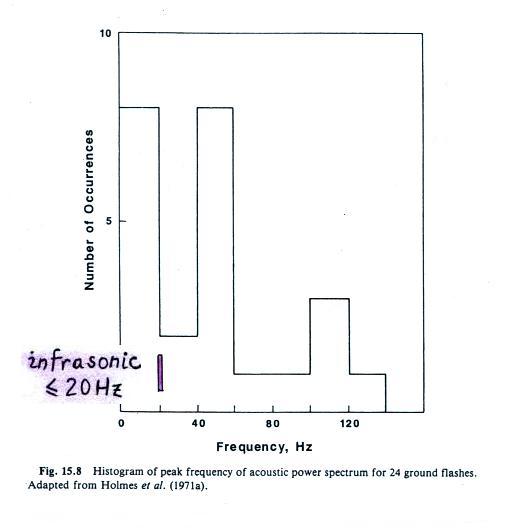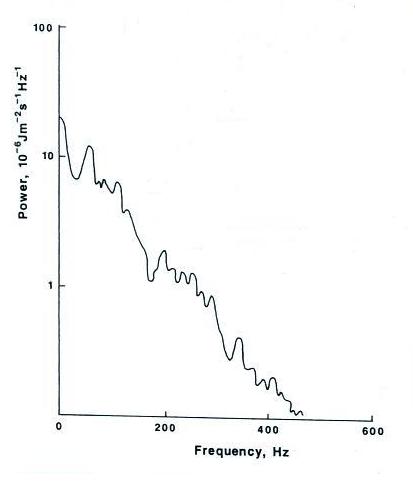








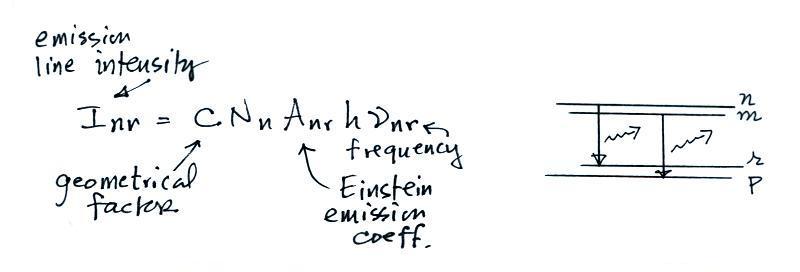


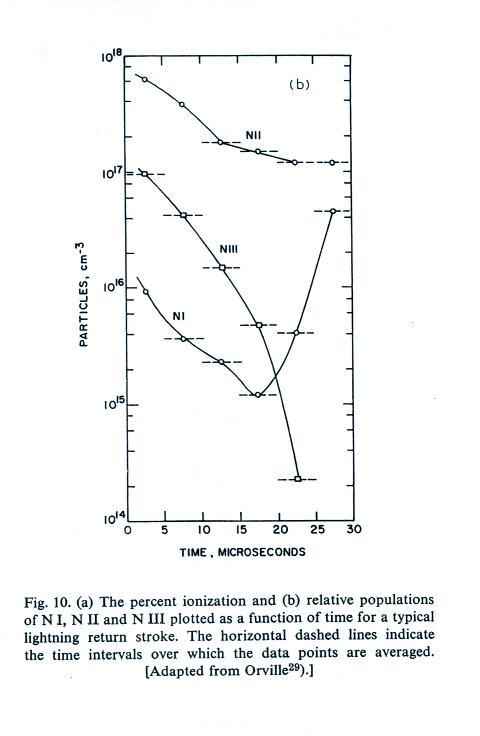

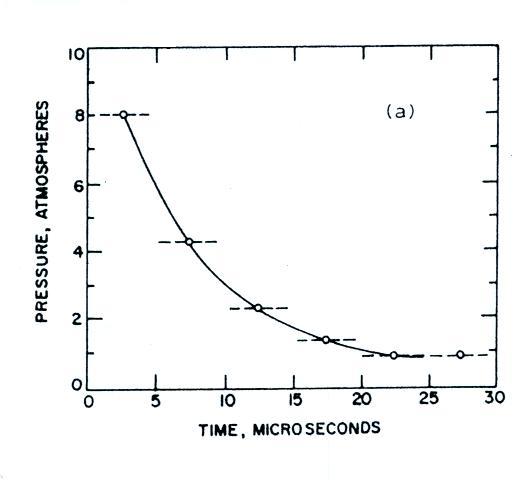



| Intensity |
comments |
approximate allowed exposure time |
| 140 |
deck of an
aircraft carrier |
|
| 130 |
jet plane at
100 feet sound intensity above this level can cause immediate ear damage |
|
| 120 |
thunder,
chain saw |
|
| 110 |
car horn at 1
meter |
1 min |
| 100 |
lawn mower,
jack hammer |
15 min |
| 95 |
1 hour |
|
| 90 |
sounds above
this level regularly cause hearing damage |
2 hours |
| 80 |
garbage
disposal, dishwasher, electric shaver, alarm
clock |
|
| 70 |
radio or TV
audio |
|
| 60 |
normal
conversation |
|
| 0 dB |
threshold of
hearing |



